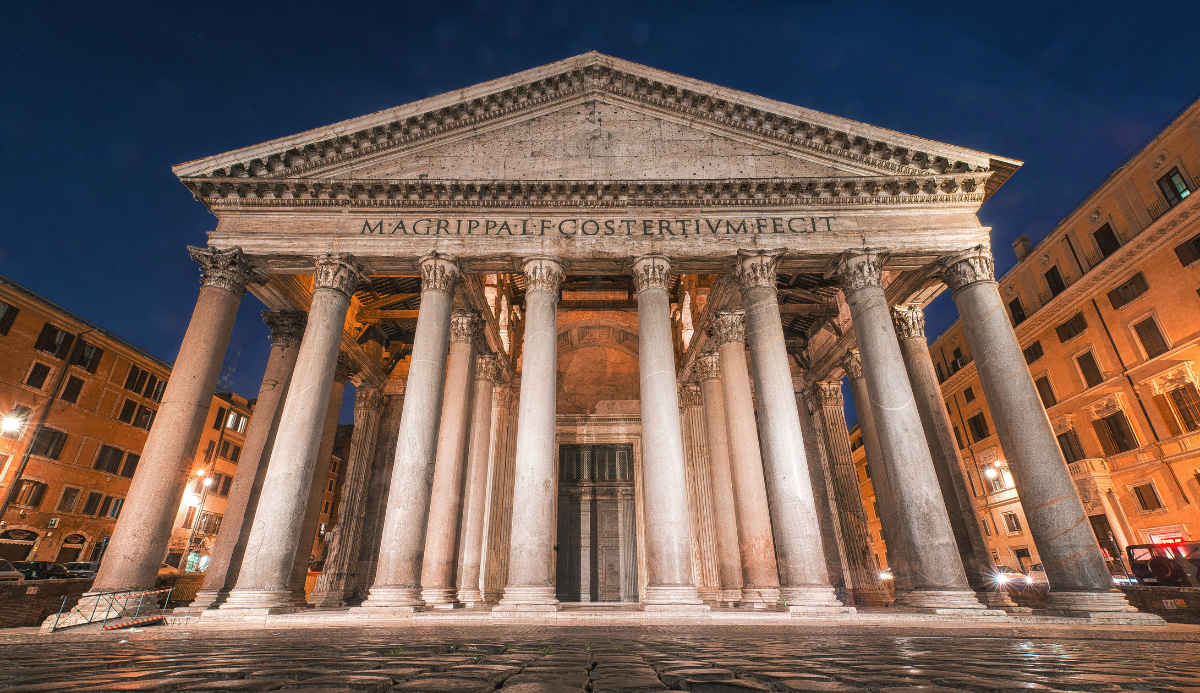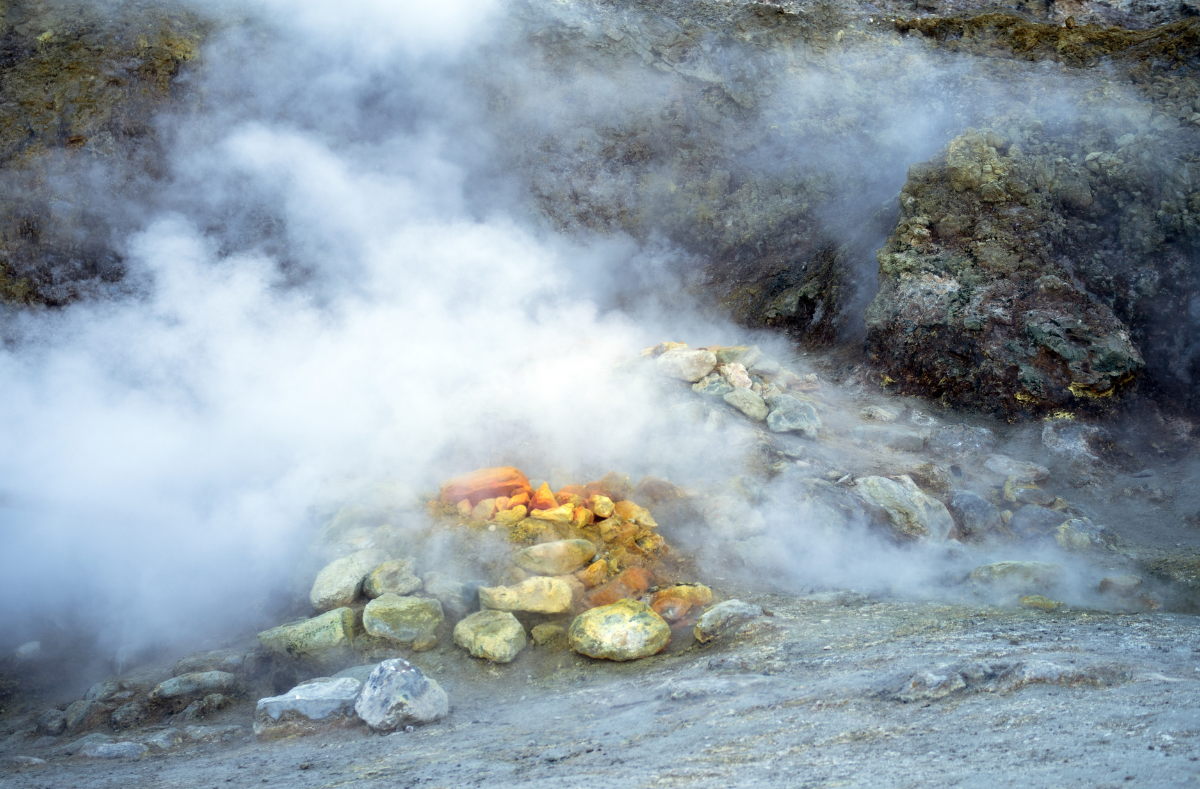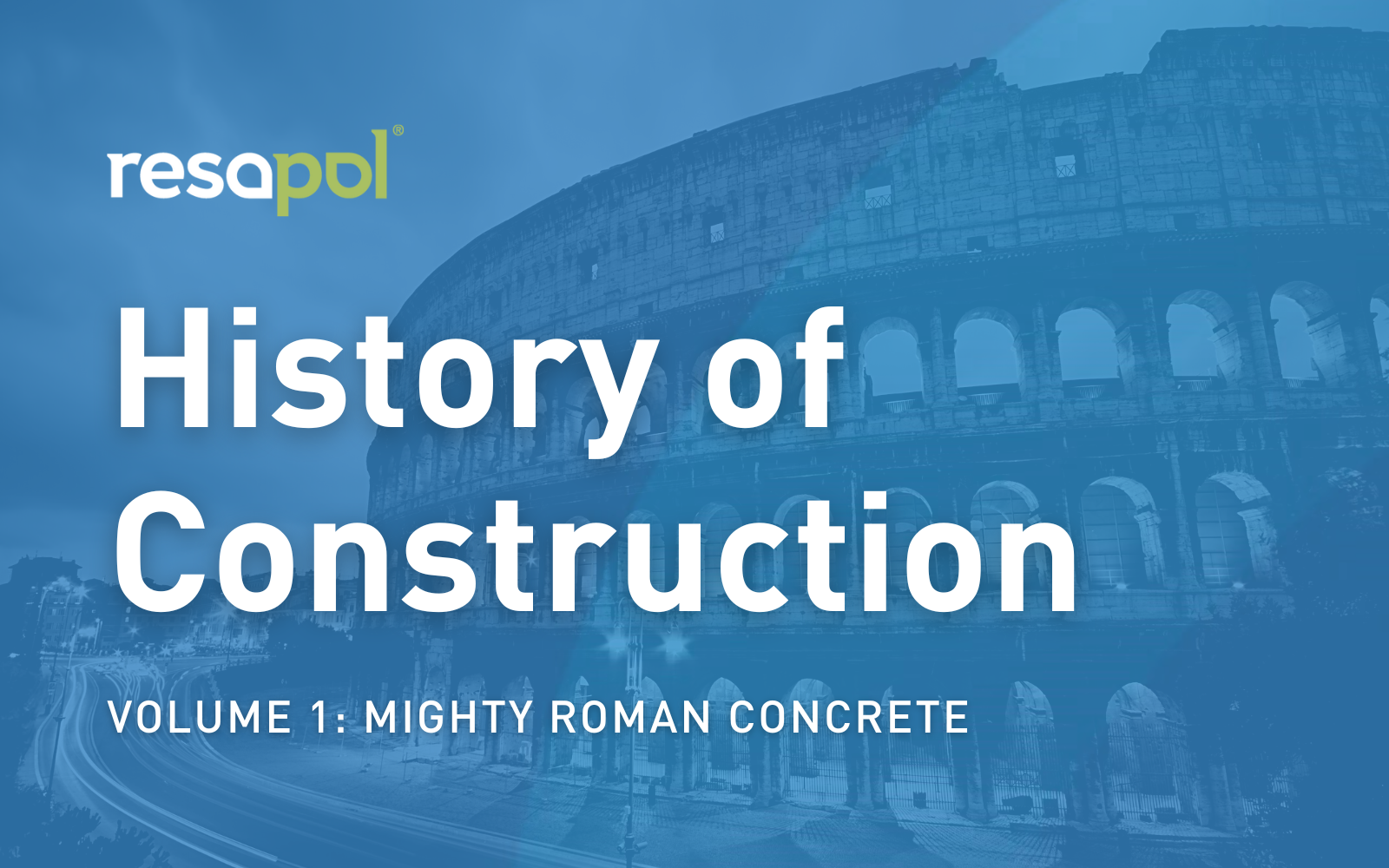Unveiling the Secrets of Ancient Roman Structures:
THE MIGHTY ROMAN CONCRETE
Ancient Roman structures have amazed the world with their remarkable longevity, seemingly defying the effects of time and nature; the enduring strength of these structures has always been a source of fascination and intrigue. In this first volume of our series, “History of Construction,” we delve into the mysteries behind the architectural marvels of ancient Rome, with a special focus on recent findings led by a team from the Massachusetts Institute of Technology that has helped to shed light on the secrets behind their unlikely longevity.
The ancient Romans were renowned for their engineering and construction prowess. Their architectural achievements were rooted in meticulous planning, innovative design, and a deep understanding of materials and their properties. To ensure the durability and stability of their structures, Roman engineers employed various architectural techniques, including the use of arches and vaults.
Arches provide inherent strength and load-bearing capabilities, allowing Roman architects to construct massive structures with greater stability. By distributing weight more efficiently, arches reduced stress and ensured the longevity of iconic buildings such as the Colosseum, triumphal arches, and aqueducts. The elegant and iconic arch design remains a testament to Roman architectural creativity. Roman engineers further pushed the boundaries of construction through their mastery of vaulting techniques. Vaults, created by a series of interconnected arches, produced robust and self-supporting structures that effectively distributed weight. By employing different types of vaults, such as barrel vaults and groin vaults, the Romans constructed grand structures like the Baths of Caracalla and the Basilica of Maxentius, which continue to inspire awe to this day.
However, arches and vaults have been studied and utilised throughout history to strengthen structures and do not directly explain why Roman structures such as the Pantheon, built over 2,000 years ago and featuring the world’s largest unreinforced concrete dome, remain standing to this day. Researchers from the US, Switzerland and Italy however, have now claimed that they have unveiled the secrets to Roman longevity, thanks to the unique properties intertwined within their building materials.

The Mighty Roman Concrete:
In a recent study conducted on ancient Roman concrete by the Massachusetts Institute of Technology (MIT), led by Admir Masic, the team explored the secrets behind the remarkable durability of ancient Roman concrete with one clear aim in mind; discover the secrets of the past utilising modern techniques. The researchers conducted a comprehensive investigation into the chemical and mineral composition of the concrete material to uncover its unique properties. They analysed samples from various structures such as breakwaters, piers, and harbours spread throughout Italy. The research team focused their efforts on the distinctive chunks of white calcium carbonate that seemingly riddled most Roman concrete; they were initially thought to be the result of poor mixing techniques, but that explanation did not convince Admir:
“The idea that the presence of these lime clasts was simply attributed to low-quality control always bothered me. If the Romans put so much effort into making an outstanding construction material, following all of the detailed recipes that had been optimised over the course of many centuries, why would they put so little effort into ensuring the production of a well-mixed final product?”

By using advanced imaging techniques, they discovered that Roman concrete consists of a mixture of volcanic ash (primarily from the city of Pozzuoli) along with lumps of quicklime, which is lime in its purest state. When cracks naturally form within the concrete and subsequently fill with water, the quicklime reacts by saturating it with calcium carbonate that then crystallises to fill the space. This process effectively works as a “self-healing” component, which consistently re-strengthens cracked sections of the structures whenever in contact with water. The team conducted a final test to conclude the study and to cement their findings, involving removing the quicklime, which resulted in the material no longer demonstrating the ability to “self-heal”. The thorough work conducted by the team has revealed the reasons why ancient Roman structures have withstood centuries of harsh conditions, whilst modern structures erode relatively quickly in comparison. The study of ancient Roman construction techniques provides invaluable insights for modern engineers and architects.
By examining the durability and stability of these structures, modern builders can acquire knowledge that can be applied to the construction of sustainable, long-lasting buildings. Admir and the research team hopes their discovery could help increase the lifespan of modern concrete and therefore mitigate the notorious environmental impact of the material, which is alone responsible for around eight per cent of global carbon emissions. Is it possible that we could help the future of our planet by studying lessons from the past?
As we explore the history of construction, we gain a deeper appreciation for the techniques that shaped the magnificent ancient Roman structures. In the future volumes of this series, we will delve into other aspects of construction throughout the ages that have influenced both ancient and modern structures.
References:
Study: https://www.science.org/doi/10.1126/sciadv.add1602#bibliography
Quote: https://news.mit.edu/2023/roman-concrete-durability-lime-casts-0106
